Dalat is one of the most popular domestic and international tourist destinations in Vietnam, and it’s not difficult to see why: it is, in my opinion, the most scenic town in the country. And as someone who’s been living in Vietnam for a decade, I have a solid basis on which to make that judgment.
It was once favored by French nobility as a mountain vacation destination during their occupation of Vietnam, and to this day Dalat is a great change of pace from Vietnam’s typical climate. In this guide, I’ll go over what makes Dalat unique, when and how to visit, and what to do in the city.
What Makes Dalat Unique?
Dalat is a change of pace from the experience you’ll get elsewhere in Vietnam in so many ways, most notably including:
- Climate – Dalat’s climate is cool and crisp, reminding me of a town at the foot of the French Alps. I enjoy exploring the city on foot much more than I do in most parts of Vietnam just for this reason; it’s comfortable. You may even encounter foggy weather in the mornings, which is a nice change from the constantly hot and humid lowlands.
- Produce – Dalat grows lots of fruits, vegetables, and flowers that the rest of Vietnam doesn’t. You’ll find produce you can’t get elsewhere in Vietnam, and even the more familiar produce is fresher and crisper. The focus on fresh produce and the many farms that make exporting it a big business transform the landscape of Dalat and make its outskirts feel like a quaint farm town.
- French Architecture – Dalat was used as a resort town for the French when they occupied Vietnam, which is why it has even more French influence than most of Vietnam. The most noticeable symptom of the influence is the architecture, much of which looks like something out of a fairytale.
- Landscape – Dalat and the area surrounding it are home to rushing rivers, pine forests, grassy bluffs, and gently sloping mountains that are not characteristic of Vietnam at large.
All of these factors coalesce to make a visit to Dalat feel like a foray into Europe – it’s easy to forget you’re in the middle of a sub-tropical country.
 Pine forests and French architecture in Dalat
Pine forests and French architecture in DalatWhen to Visit Dalat
Dalat’s weather is comfortable year-round, but most people say the best time to visit Dalat is December, January, or February – the weather at that time tends to be at its most temperate.
I personally prefer to visit at a less crowded time, which is why March is my favorite month to visit Dalat. You can check out my post on when to visit Vietnam for more reasons why you should consider going during times outside the peak season.
There’s usually a bit of rain and a slightly muggier climate in Dalat from May to November. It’s not nearly as bad as the damp season in most of Vietnam, though.
Getting to Dalat
There are two main ways to get to Dalat.
By Air: Dalat doesn’t have an international airport, but you can hop on a domestic flight in any major Vietnamese city to fly to Lien Khuong Airport, about 30km south of Dalat. My favorite budget carrier for domestic Vietnamese flights is Vietjet.
By Bus: As I’ve said before, I absolutely love the inter-city bus system in Vietnam. It’s reliable, cheap, comfortable, and goes straight to the center of Dalat. 12go is a great site to book long-haul buses in Vietnam.
Unfortunately, Dalat Train Station is not operational for transportation and is now a landmark left over from colonial-era Vietnam.

Getting Around Dalat
Getting around Dalat differs a lot from getting around most Vietnamese cities because of its climate. In short, the city’s year-round comfortable climate make it more comfortable to explore on foot than other Vietnamese cities like Ho Chi Minh City or Hanoi.
If you need to cover a long distance, downloading and using the Grab app, the Vietnamese equivalent of Uber, is a good solution. Prices are much, much lower than taxis in most Western countries and will be comparable to prices in the largest Vietnamese cities.
I usually recommend bus travel in Vietnamese cities, but the bus system in Dalat is pretty barebones. The few routes they do have are okay, but you probably won’t need it anyway since the city is so good for walking.
Where to Stay in Dalat
I’ve been to Dalat at least a dozen times and stayed in a lot of neighborhoods, and I’ve seen a lot beyond the places I’ve stayed. Here are the top 5 areas I’d recommend considering for your stay in Dalat:
- City Center (Best for First-Timers) – The area around the main market west of Xuan Huong Lake. It’s a bit noisy and crowded, but it’s a very central location with nice architecture, great food, and surprisingly cheap hotels. Options here include the My Lan Hotel and The Note Dalat.
- Dalat Heights (Best for Budget Travelers) – District 3, located to the South of Xuan Huong Lake. It’s very pretty and has even cheaper prices than the city center, both in terms of hotels and food. It also has great nightlife.
- North Dalat (Best for Local Life) – District 8, north of the lake. It’s a large district without many tourists, but it has a rich local community and lots of chances for cultural immersion like local markets and parks. It’s also very affordable.
- French Quarter (Best for Architecture and Colorful Culture) – The northern part of District 10, southwest of the lake. This was the most popular part of town for wealthy French when they visited Dalat, and they developed a lot of quaint, colorful charm in the area. The interesting architecture and murals remain to this day and have given rise to a quirky hipster culture that makes it a fun place to stay or at least explore.
- Tuyen Lam Lake Area (Best for Nature and Relaxation) – A 25-minute drive South of the Central Market, Tuyen Lam Lake is huge and absolutely breathtaking. It’s great for families traveling with kids or for those who want to try out the watersports and other aquatic activities constantly on offer.
18 Things to Do in Dalat
In this section, I’ll cover my top 18 recommended activities in Dalat. Numbers 1-6 are being brought over from an older guide of Dalat activities written by my fellow Vietnam enthusiast, Huub Lakerveld, several years ago.
Visiting a Coffee Farm
Thanks to the elevation and fertile soil, the vegetation and crops in Da Lat are different from lower parts of the country. Vietnam is the second-largest coffee producer in the world, and a significant portion is grown in Da Lat and the surrounding area. Of all places, Da Lat is the right spot to learn about coffee.

The farm K’ho Coffee tells the story of the world’s most popular dark liquid, step by step from their colorful Arabica berries in the tree to a comforting mug. They organize half-day tours, during which you’ll get to sample their brews, see the sorting of the beans, and witness the roasting. The price for this morning tour is 700.000 dong, and lunch is included in the price.
Bear in mind that K’ho Coffee closes on Sunday, so plan your visit properly.
You can also check out this tour at another coffee farm.
Stuffing Your Face with Dalat Food
Head to Dong Tam Street for cheap banh xeo rice pancakes and Em Oi Restaurant for Hoi An specialties such as the enticing noodle dishes cao lau and mi quang.

‘Irresistible’ is the most applicable term to describe the DIY rice paper rolls feast at Nem Nuong Ba Hung. You can create your own rolls, filled with the usual Vietnamese greens, sausage, and fresh pork cracklings, and dip them in a divine peanut sauce.
Fill your tummy on a budget at Tiem Com Ngoc Bich, where you pay 35.000 dong for a filling lunch. A main dish of choice, a heap of rice, stir-fried morning glory, cucumber soup, iced tea, and water keep you going for the rest of the afternoon. Both the fried shrimp and pork omelet are amazing.
Checking out Dalat’s Temples
The Da Lat Cathedral is gorgeous and worth a visit, but similar churches can be found elsewhere in Vietnam. You’ll bump into more unique structures when you hit the road for the hilly countryside around the city.
A magnificent example is the tongue-twisting Mẹ Quán Thế Âm Nam Ban Đà Lạt Lâm Đồng, a Buddhist pagoda with a towering Buddha statue right beside it. I kept gazing upon the size of this structure, which can be seen from afar.

A few steps away sits a tiny ticket booth, where you can get access to the Elephant Waterfall for 20.000 dong. It’s not the most thunderous waterfall you’ll see in Southeast Asia, but the convenient location right next to the pagoda and the adventurous trail leading to the falls makes it worth going anyway.
Exploring Linh Phuoc Pagoda
On the southeast of Da Lat city proper, Chùa Linh Phước is an equally enchanting temple complex. This amazingly colorful sanctuary seems odd between the density of houses and greenhouses on the hills around. The complex consists of several decorated halls, a giant Buddha made of flowers, and a 6-story pagoda which you can climb for 360 views of the area.

The dragons and other creatures carved onto the roofs, ceramic tiles, and golden statues give Chùa Linh Phước a pinch of magic I’ve never experienced before in any temple. It’s definitely worth the 20-minute ride from the city center of Da Lat.
The entrance is free, and there’s no parking fee for motorbikes.
Chilling Out at Tuyen Lam Lake
This lake basically is a huge man-made pond, encircled by pine forests. Here, you can walk around, ride a boat, have a picnic on the shores, or get your fishing rod out. All in all, it’s a leisurely site and a spot where locals spend their spare time as well.

You can reach the lake via a trail along the nearby monastery, or via a cable car from Robin Hill. This might be an exciting mode of transportation if you’re not afraid of heights because the farmlands and forests are perfectly visible from high above. The ride is longer than 2 kilometers from the city center.
Visiting the Historic Dalat Train Station
Da Lat doesn’t take part in all-day train transportation in Vietnam, but the French colonialists left a charming station that serves as a tourist attraction nowadays.
Not only is the building eye-catching with its totally yellow front; the old-school trains behind the entrance gate are the ones you often see in black-and-white movies with substantial interference. The carriages have leather seats and curtains. You’re basically time-traveling in this cozy station.


There’s a tourist train service, going from this station to the Linh Phước pagoda 5 times a day. A seat in the classy carriages cost around 140.000 dong. I didn’t ride this train, because the journey takes only 30 minutes and you have to buy a round-trip ticket to get back to Da Lat.
Going Waterfall-Hopping

Dalat’s many waterfalls are some of its most majestic natural features. Some of my top waterfall recommendations are:
- Datlana Waterfall, which is easily accessible from the center of town and has an amazingly fun alpine roller coaster you can take to get down the hill to the waterfall and a cable car. It’s also the most crowded, though, especially during tourist season.
- Elephant Waterfall, the most majestic and most famous waterfall near Dalat. Unfortunately, it also suffers from the largest crowds.
- Prenn Waterfall, a less touristy waterfall that also boasts other attractions like stilt houses and a miniature zoo. This is my personal favorite waterfall in the area.
- Lien Khuong Waterfall, which has a convenient location near the airport but is not at all crowded.
Waterfall hopping tour
You could visit some of the waterfalls independently at your own pace, but if you prefer a waterfall-hopping tour, then consider this option on GetYourGuide or this other one on Viator, which includes Datlana Waterfall, Elephant Waterfall, and Pongour Waterfall.
Taking an Architecture Tour
As I mentioned, much of the architecture in Dalat is stunning because it’s so heavily influenced by the French who stayed in the city. Walking around without a tour and exploring the more architecturally rich parts of town like the French Quarter, the area around the Central Market, and the town’s churches is a great way to spend a morning.
If you’d prefer a bit more structure, the Dalat Architecture Tour is a good way to see the architectural wonders of the city. Be aware that the $45 tour’s itinerary includes several of the other things to do in Dalat included on this list.
Climbing Lam Biang Mountain (The Best View in Dalat)
Lam Biang Mountain is a 30-minute drive from the city center. The entrance fee to be paid at the bottom of the mountain is 30k (about $1.25). From there, you can either rent a jeep to take you up the mountain or go on foot.
The walk takes 2-3 hours each way, so set aside the whole day if you’re not taking a jeep. The view from the top is worth it, as you can take in not only Dalat City but also the surrounding valleys, streams, forests, coffee plantations, and flower farms.
There’s also an ethnic minority village of the K’Ho people at the base of the mountain which makes for a great cultural immersion experience before or after your journey.
Eating Breakfast Outside the Central Market

Dalat’s Central Market has some excellent food, thanks in large part to the extremely crisp produce that can only be grown in the area’s microclimate. Eating breakfast at the market on a brisk Dalat morning is an unforgettable experience.
My most vivid Dalat memory took place on a dewy February morning next to the market. I had just gotten a steaming hot peanut milk in a styrofoam cup, and I’ll never forget sipping it while I sat in my scarf and jacket, reflecting on the European beauty of the town. Honestly, it felt more like a scene from a novel by Charles Dickens than a street food meal in Vietnam.
Check out this Dalat street food tour for a guided experience.
Pedaling Swan Boats on Xuan Huong Lake

“Xuan Huong” translates to “taste of Spring,” and I really do feel that carefree, romantic feeling every time I rent one of the swan boats on the side of the lake and pedal out onto it with my girlfriend. It doesn’t hurt, either, that we usually buy a bottle of the locally-produced Dalat wine from one of the shops on the shore and take it on the boat with us.
Swan boat rental is around 70k per hour and the bottle of wine is usually about 300k. Don’t forget a corkscrew!
Picking Strawberries

One of the coolest experiences I’ve had in Dalat is going to pick strawberries at one of the small farms on the local hillsides. Not only is it a uniquely Dalat experience, but the view from the farms is one of the most panoramic vistas you’ll find in Vietnam. Plus, after you’re done collecting strawberries in a basket, you’ll get to keep the berries you picked.
I recommend trying out Hiep Luc Strawberry Garden.
Taking the Cable Car to Truc Lam Zen Monastery

3 km from the center of town is Robin Hill, atop which is the entrance to the cable car. The view from the top of the hill is nice, but the 12-minute cable car ride to Truc Lam Monastery is even better. On the ride, you’ll have views of Dalat city and surrounding fruit farms.
Cable car tickets are 100k for round-trip and 80k for one-way. Note that the cable car stops service every day from 11:30-1:00.
The free-to-enter Truc Lam Monastery is on the other end of the cable car route. It’s far from the most spectacular religious site I’ve visited in Vietnam, but the flower garden around the Monastery and the awesome view make it worth a visit. Plus, the monastery combines well with visits to Tuyen Lam Lake, Clay Tunnel, or the “Crazy House,” all of which are nearby.
Walking the Clay Tunnel


Dalat’s Clay Tunnel is one of the most memorable manmade landmarks I’ve been to in Vietnam. It consists of a valley carved out of clay, and a series of increasingly intricate clay sculptures form a pathway through the valley. It’s an especially great activity for families, as kids will love the whimsical feel of the tunnel.
Most of the sculptures in the Clay Tunnel depict either local wildlife, imagery from Vietnamese myths, or famous instances of Vietnamese architecture. Some sculptures like the giant clay lotus flower or the clay replica of the Eiffel Tower really blew me away.
Admission to the tunnel is 90k for adults and 30k for kids.
Exploring “Crazy House”

Dalat’s “Crazy House” is a guest house where you can rent a room, but it’s also a fantastic way to spend the afternoon. Its whimsical architecture includes maze-like corridors, narrow staircases, and all other types of nooks and crannies. The space is also decorated with trimmings reflecting Vietnamese nature and folklore, with each room having a different theme. Exploring the house is like stepping into a Dr. Suess book.
Exploring the “Crazy House” is a great activity for families. Admission is 60k for adults and 20k for kids.
This tour is a great option if you want to visit Crazy House and other temples, pagodas, and waterfalls. This other tour, on the other hand, includes the palace of the last king in Vietnam and Van Thanh Flower Village, among other attractions.
Touring Bao Dai Summer Palace

I’m not usually the type to enjoy touring a stuffy colonial estate. However, the story of Emperor Bao Dai’s interaction with France is surprisingly interesting. The Palace is pristinely kept while still maintaining a cozy feel that makes it an effective time capsule, too. Lastly, the lush gardens, pine trees, and manicured lawns surrounding the hilltop the palace is on make for a scenic experience.
I’d recommend the Bao Dai Summer Palace to anyone even remotely interested in Dalat’s history. Admission is 40k for adults.
Taking a Selfie in Lam Vien Square

As a 10-year resident of Vietnam, I can say that Lam Vien Square is the most popular place in the country to take a selfie. Visit the stained-glass marvel yourself and see why.
Strolling Through the Dalat Flower Garden

The Dalat Flower Garden may be the most beautiful botanical display I’ve ever seen. It consists of row upon row upon row of colorful flowers and other Asian plants like bonsai trees, cacti, and ornamental grasses. They are divided into themed sections, each of which is meticulously landscaped and maintained.
Admission to the garden is 50k for adults and 25k for children.
Pro tip: For the full effect of the Dalat Flower Garden, try to visit during the Dalat Flower Festival. The festival will be held from December 6 – 31, 2024, and it is held in December every two years.
Dalat is one of my favorite towns in Vietnam and tends to be a “fan favorite” for travelers visiting every region of this country. This guide should give you a good jumping-off point for getting the most out of your trip there, too, from your trip there to your accommodation to the activities you fill your days with.
Some links may be affiliate links, meaning I may earn commission from products or services I recommend. For more, see site policies.
Posted SEP 13, 2024

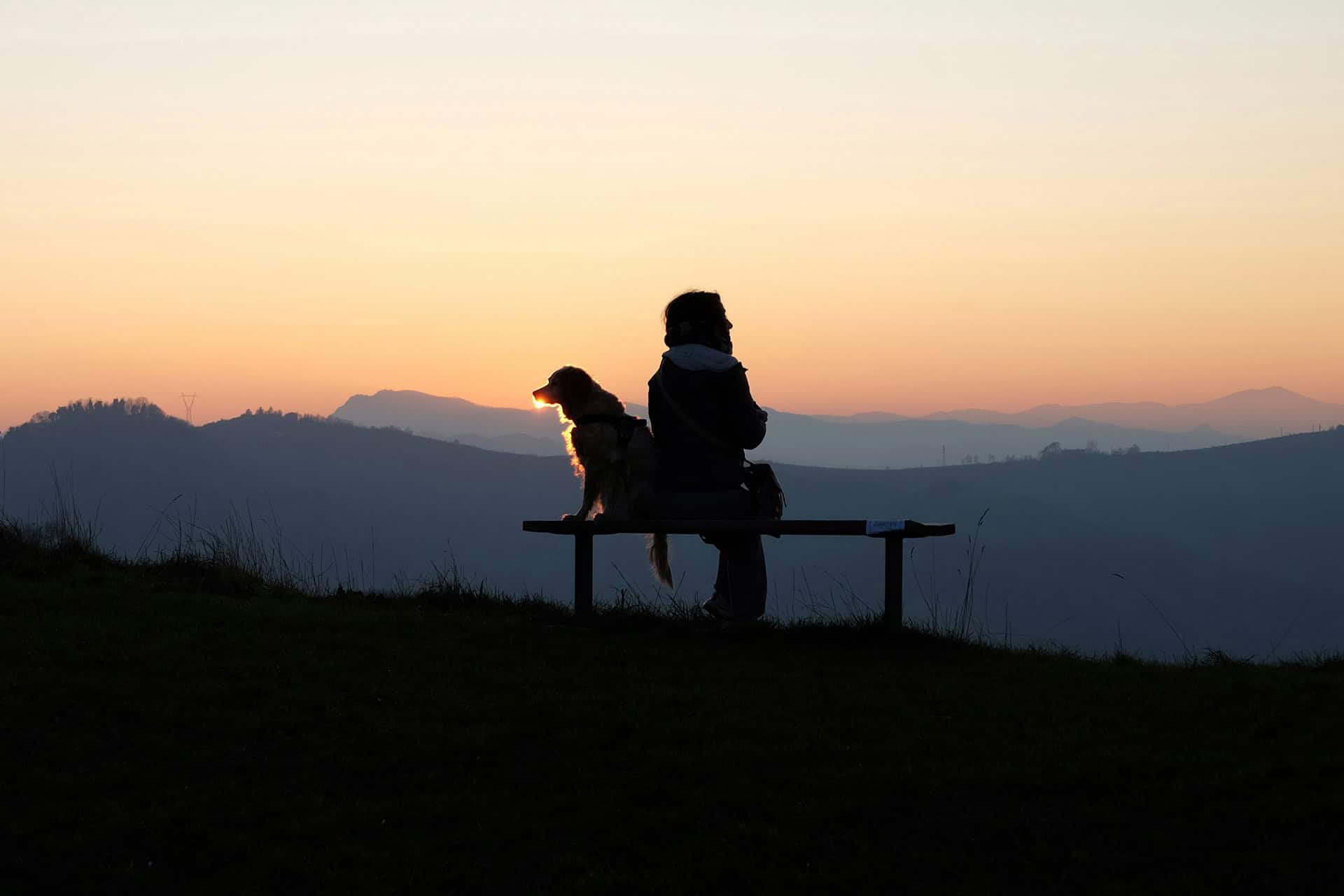

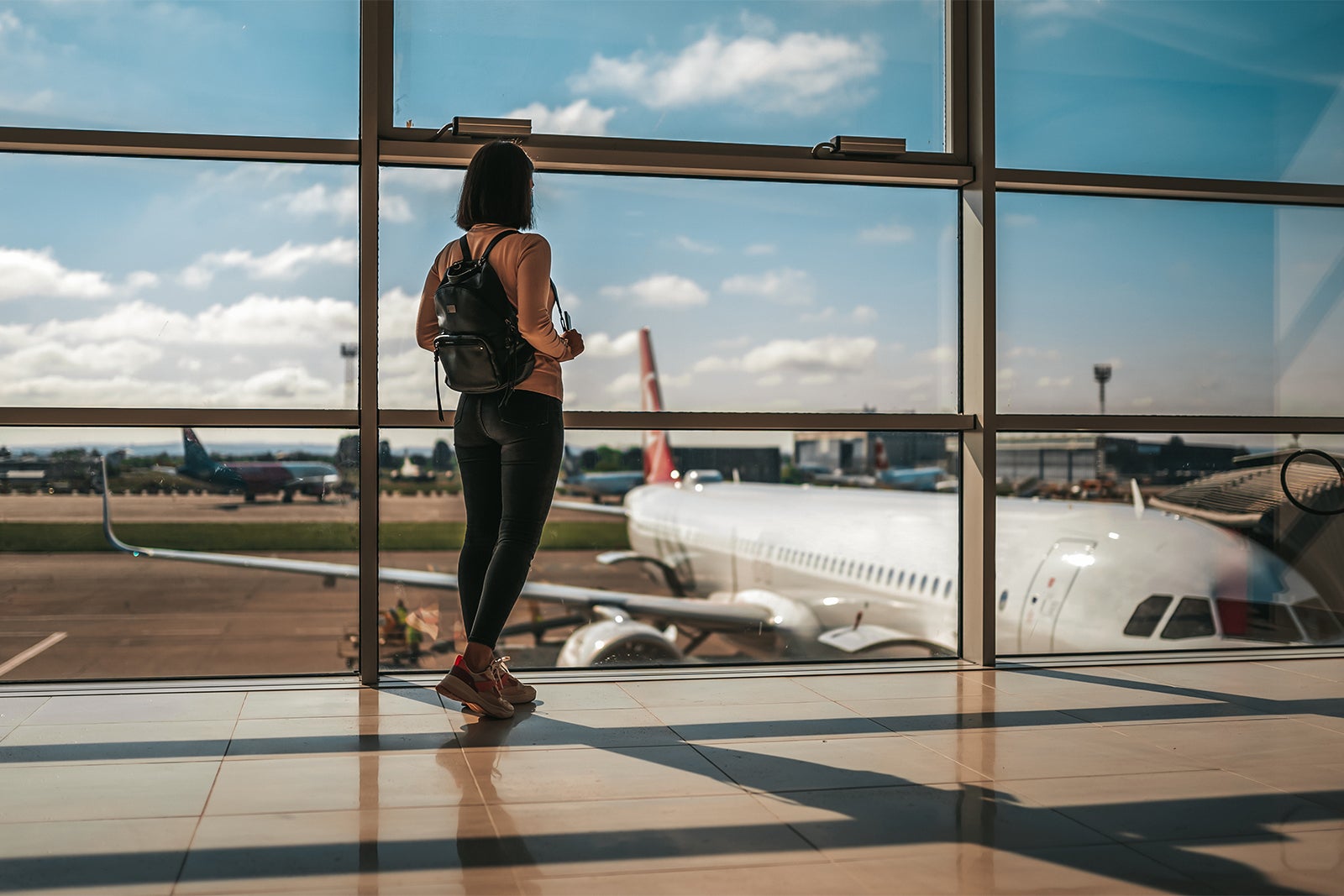


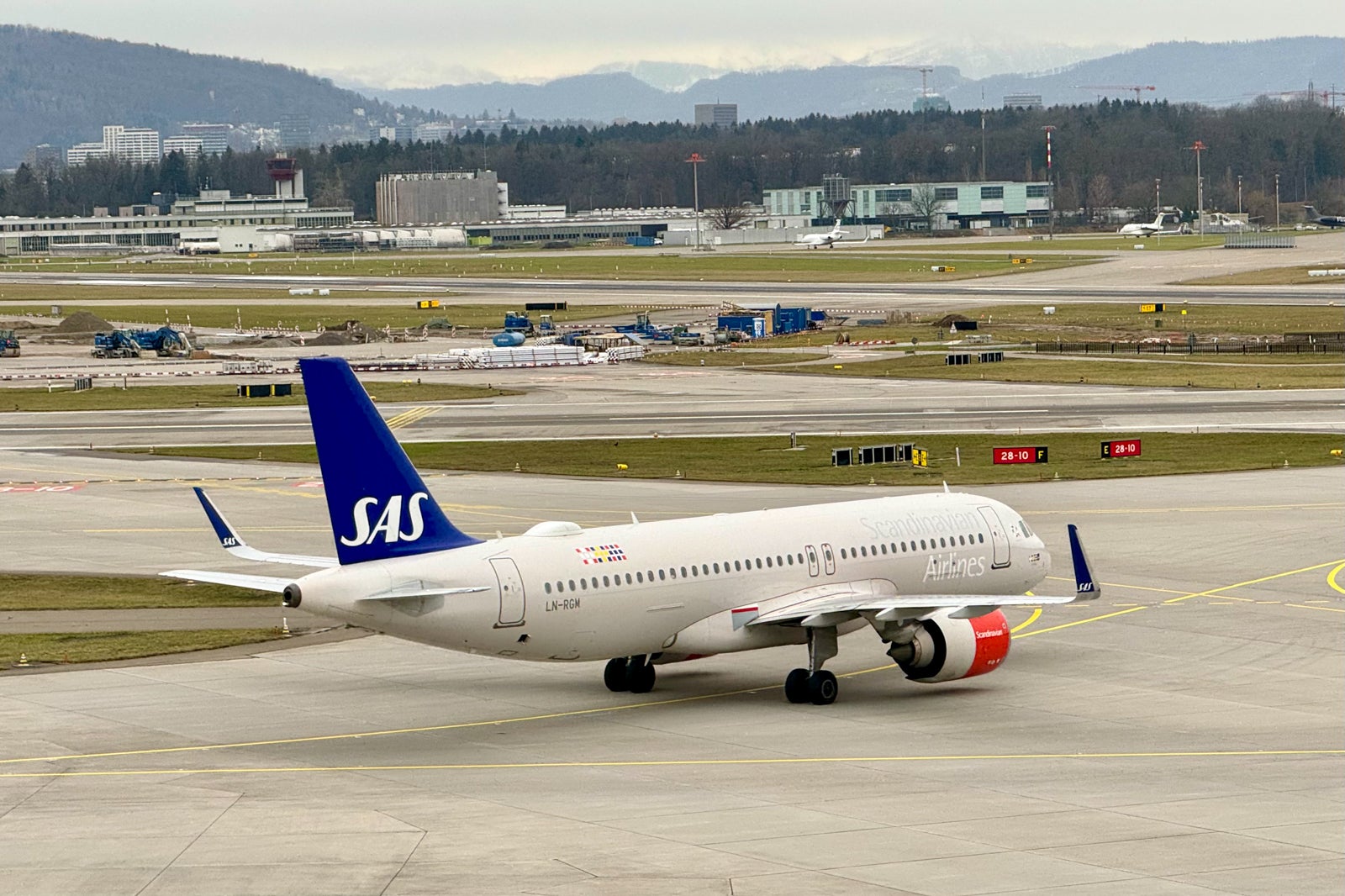




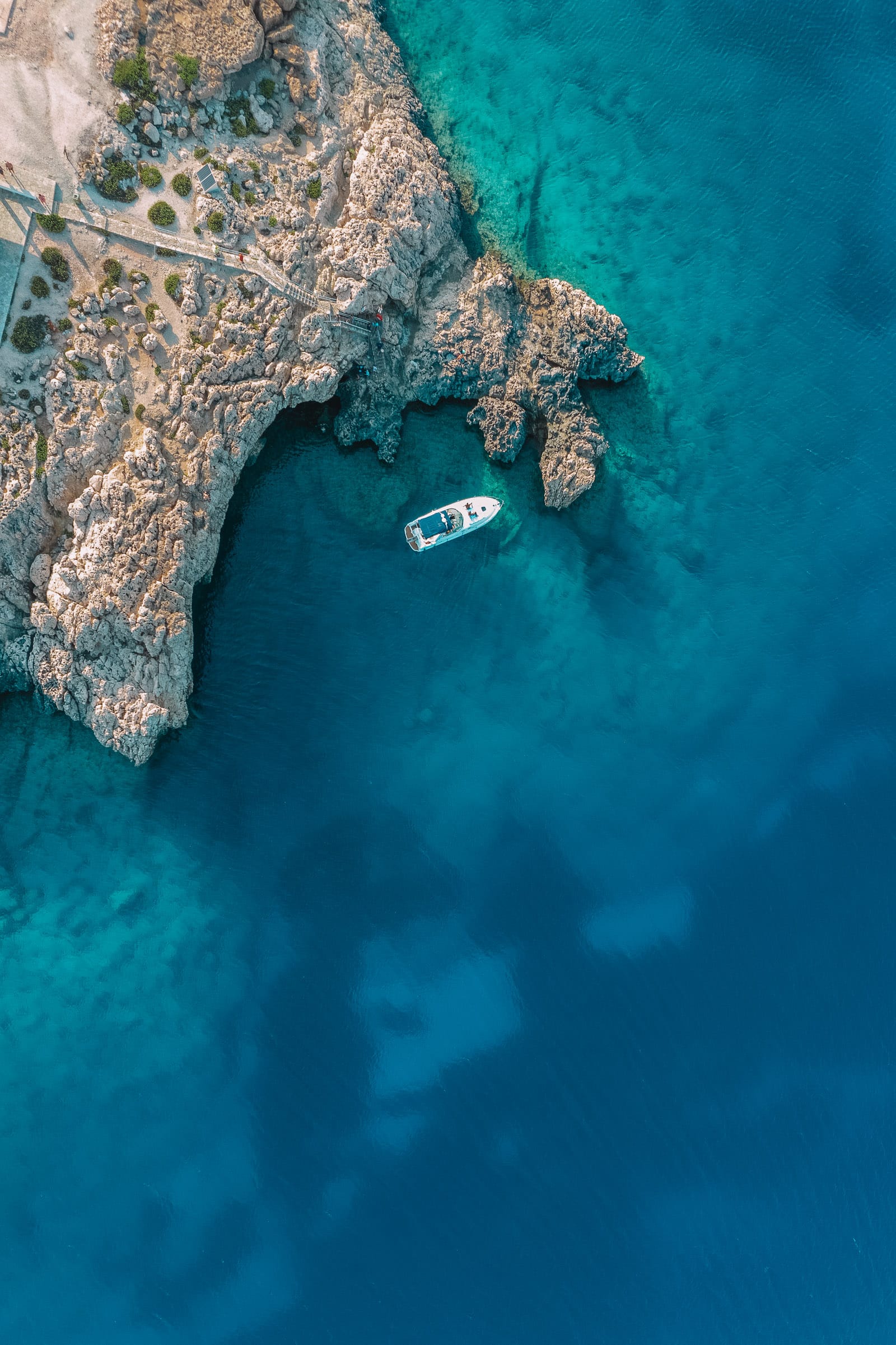

![GoPro HERO 13 Review – The Ultimate Camera Guide [2024]](https://www.nomadasaurus.com/wp-content/uploads/2024/09/GoPro-HERO-13-Black-Review-Feature-Image.jpg)


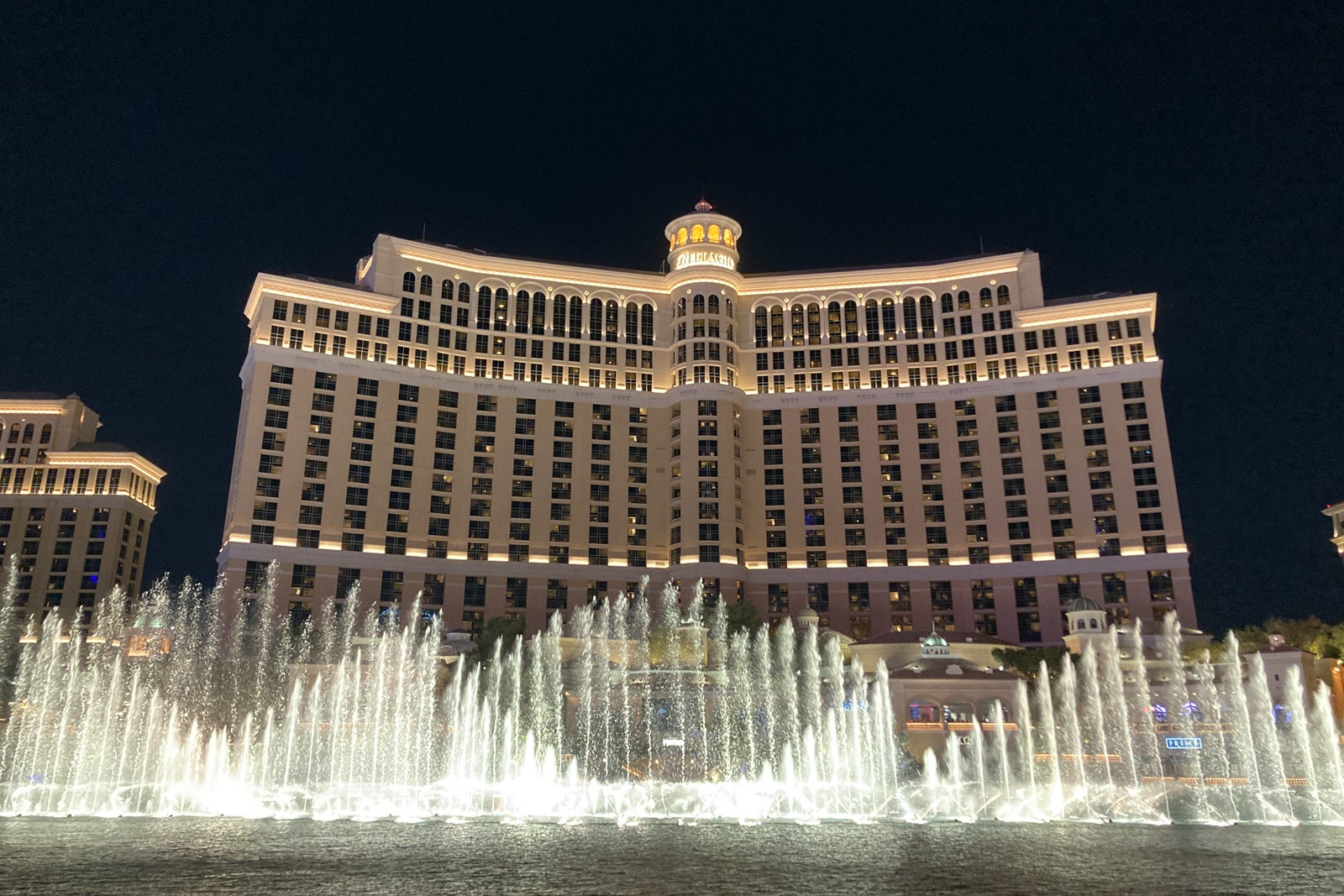


 English (US) ·
English (US) ·